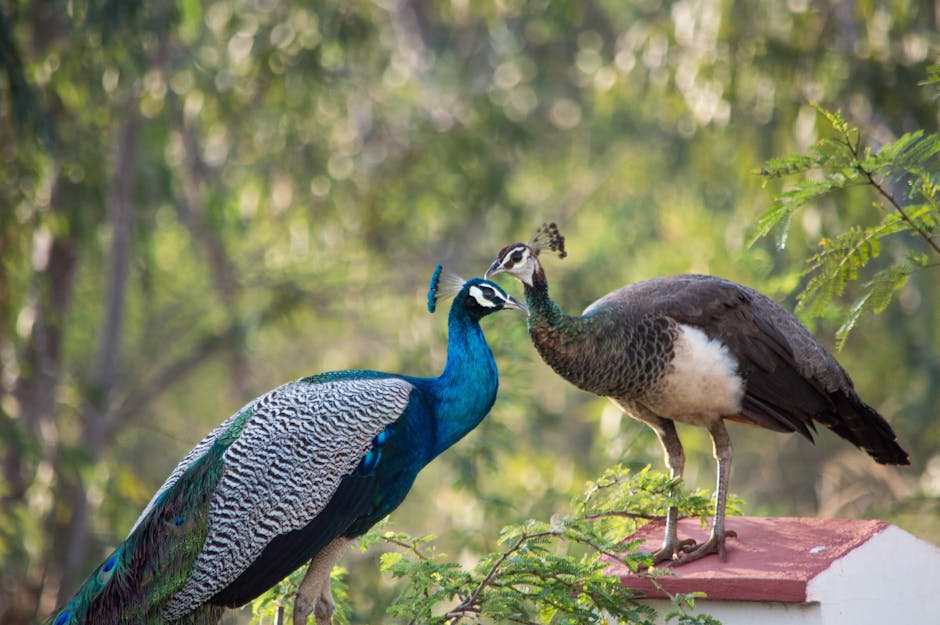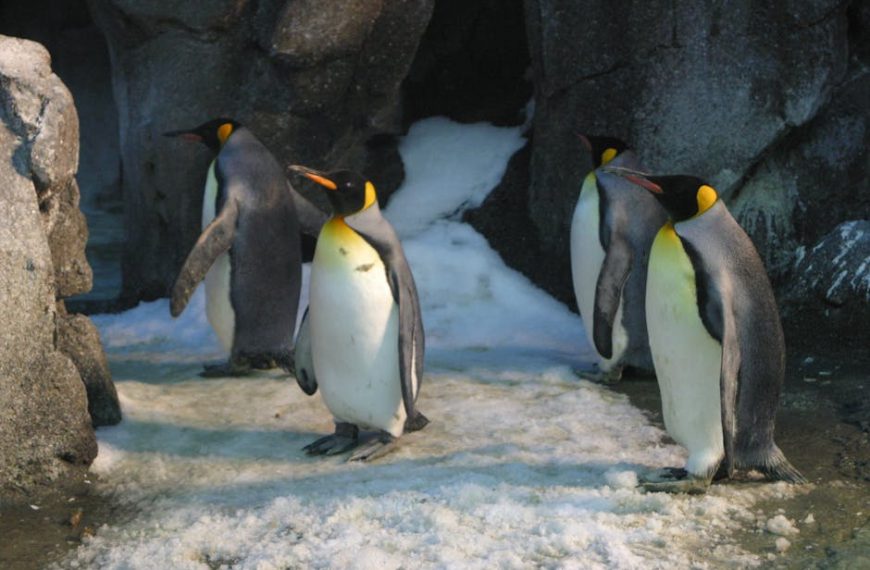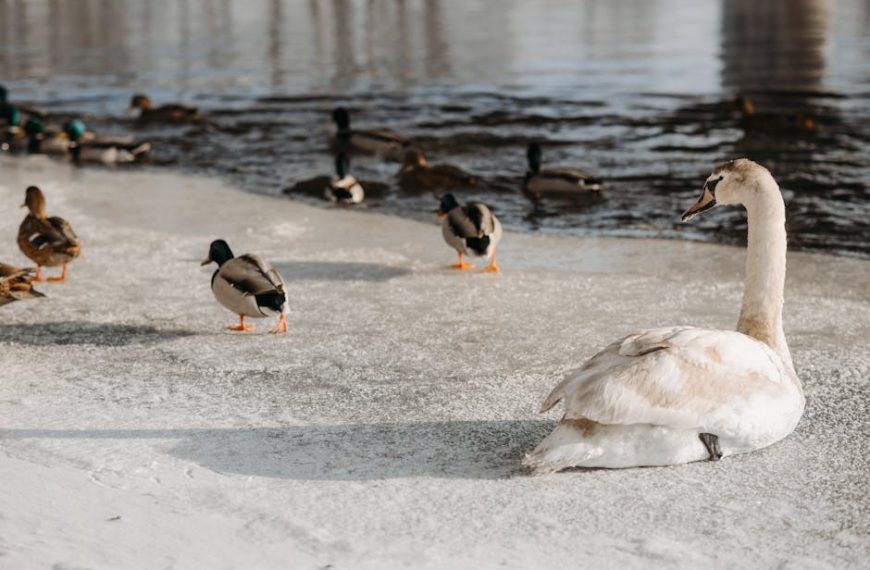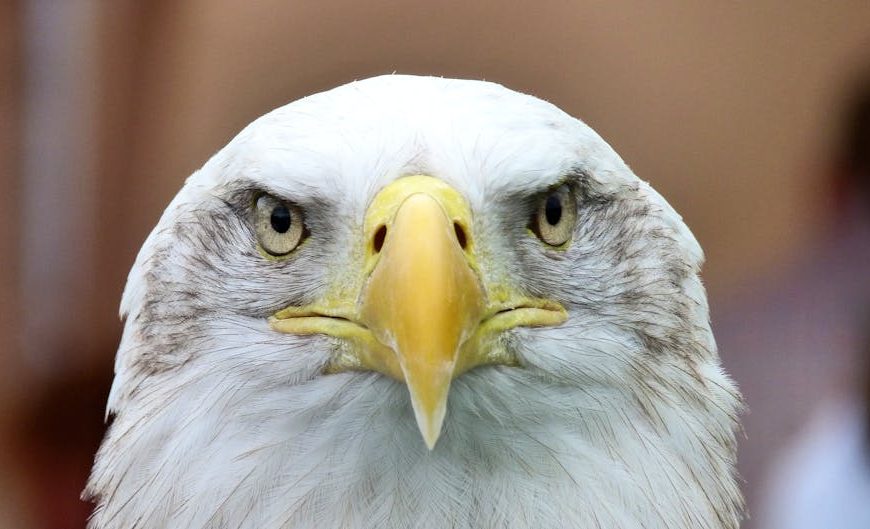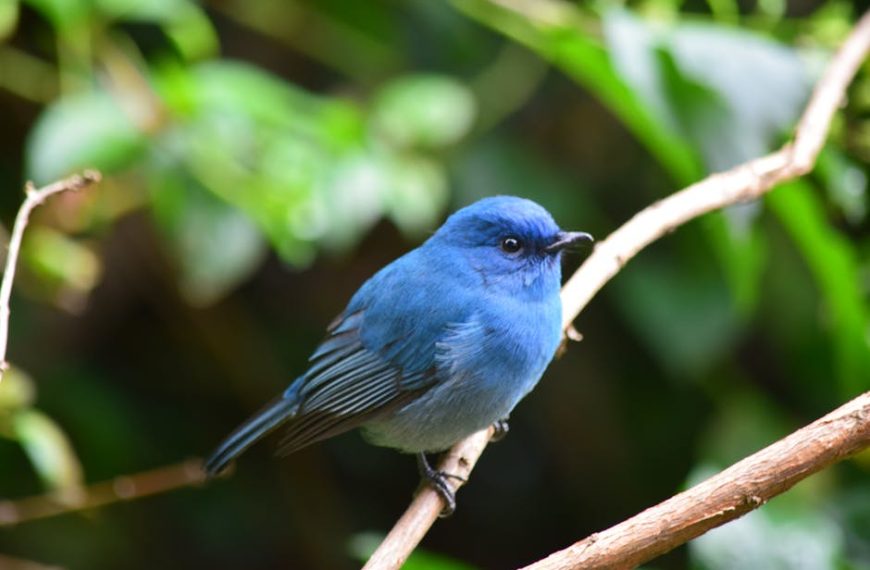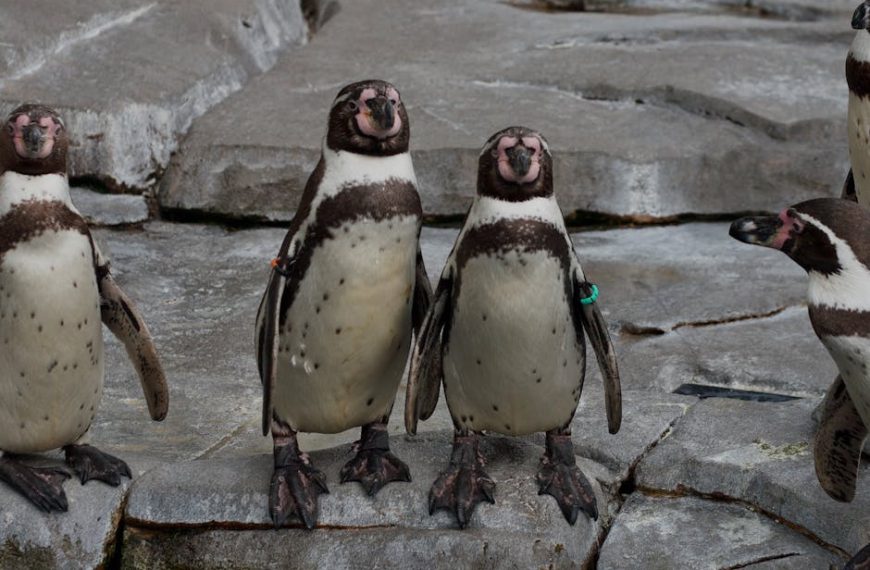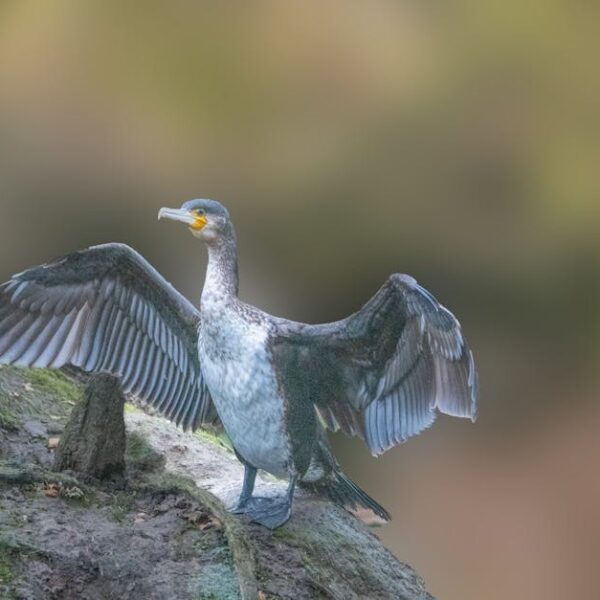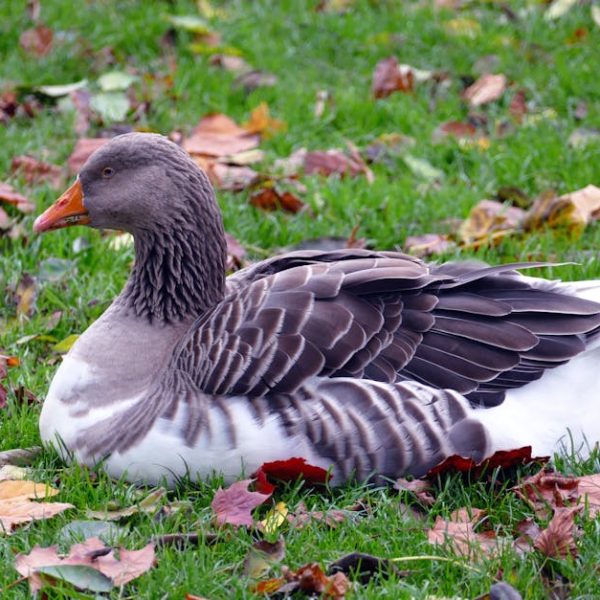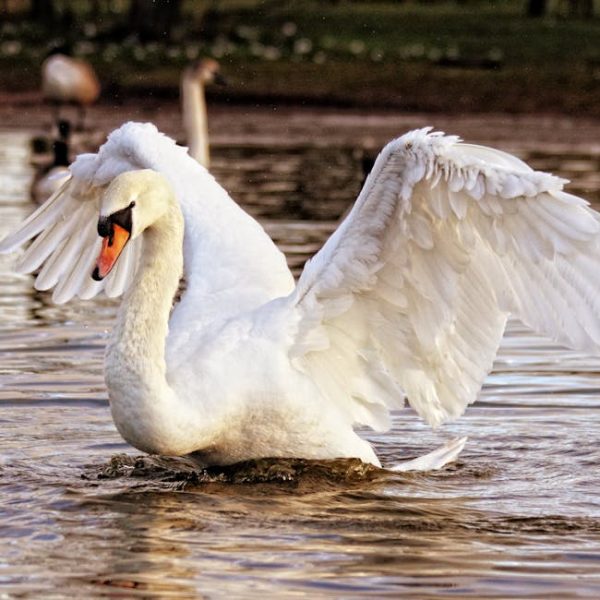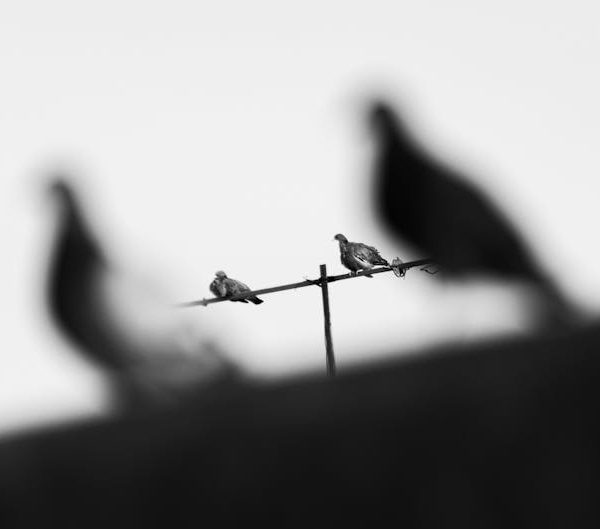The intricate world of avian memory is an enchanting intersection of nature and neuroscience, with birds’ abilities to remember feeder locations serving as a testament to their mental agility. These feathered creatures don’t just rely on sheer luck to find their way back to feeding stations. On the contrary, strikingly sophisticated cognitive processes underlie their navigation skills, allowing a multitude of species to recall feeding sites with remarkable accuracy.
The Mechanism of Avian Memory
Bird memory is remarkably complex, designed to address survival needs with remarkable precision. Just as in humans, a bird’s initial awareness of feeder locations calls several cognitive functions into play.
To start, birds employ a facet of memory known as ‘spatial memory’ which essentially is the ability to remember the physical locations of objects in their environment. This aspect of avian cognition is what allows them to retrace their flight back to the feeder in your garden or a favorite patch of berries on a distant tree.
Apart from spatial memory, birds also display ‘episodic-like memory,’ closely resembling human episodic memory, in their approach to feeders. This type of memory, not restricted to spatial locations, helps the birds remember significant events or experiences. For instance, they may recall the time of the day a garden feeder usually gets refilled or associate a specific feeder with a previous ill encounter with a predator.
TYPES OF BIRD MEMORY:
- Procedural memory: Birds use this for routine activities, like building nests or hunting techniques.
- Episodic-like memory: Useful for recalling specific events, such as dangerous predator encounters at a feeding station.
- Reference memory: This relates to general rules or principles that guide their behavior, for instance, the understanding that a certain color or shape usually represents abundant feeding spots.
Interactions between Spatial Memory and Bird Feeder Locations
Interestingly, a bird’s spatial memory is strongly interconnected with their behavior around feeders. Studies have shown that the better a bird’s spatial memory, the more adept they typically are at remembering feeder locations.
When birds navigate back to a favorite feeder, they depend on several environmental cues to mark their path. These markers vary based on the individual species and the unique characteristics of the environment, but can include notable landmarks, magnetic fields, and even positioning of stars at certain times of the year.
ENVIRONMENTAL CUES USED BY BIRDS:
- Visual landmarks
- Magnetic fields
- Stellar orientation
Bird Feeding Habits and Memory
A closer look at the feeding habits of birds can also shed light on their memory capacities. For example, birds that hoard their food, hiding seeds or insects in numerous locations for winter survival, provide significant insights into the impressive spatial memory of avian species.
These birds must remember hundreds, sometimes thousands, of hiding places – a memory feat that would undoubtedly overwhelm most humans. This mental cataloging highlights their advanced cognitive capabilities, showcasing just how impressive bird memory can be.
Certain bird species have even evolved to associate memory with varying food scarcity in different seasons. By developing a keen sense of timing and location, these species can significantly enhance their survival chances during difficult times.
Different Bird Species and Their Memory
Just as different bird species exhibit a variety of colors, sizes, and behaviors, they also differ in their memory capabilities. For instance, the Clark’s Nutcracker, a type of North American crow, is known for its exceptional spatial memory. This species can hoard and subsequently locate thousands of pine seeds every season, demonstrating a remarkable ability to remember feeder locations.
On the flip side, smaller species like sparrows have been found to demonstrate relatively less spatial memory capacity likely due to their less extensive home range.
All in all, the evolution of memory function is tightly linked with the ecological needs and life habits of individual species.
MEMORY CAPACITIES ACROSS BIRD SPECIES:
| Bird Species | Known Memory Capacity |
|---|---|
| Clark’s Nutcracker | Highly developed spatial memory |
| Sparrows | Lower spatial memory |
Implications of Avian Memory for Bird-watching and Feeding Activities
Understanding the nuances of avian memory is not just intellectually stimulating, but it also has practical applications for bird-watchers and feeder organizers. By setting up bird feeders in spots that birds regularly frequent, you can increase the chances of attracting these feathery friends. Further, remembering to refill your feeders at the same time each day can be an effective strategy to attract birds, as many species can remember the timing of key feeding periods.
In terms of conservation, knowledge of different bird species’ memory capabilities can inform effective strategies for the reintroduction of captive birds into the wild or support habitat restoration initiatives.
PRO TIPS for Bird Feeders:
- Place the bird feeder in an open and quiet area, easy for birds to locate.
- Regularly refill the feeders at the same time each day to enhance bird visitation.
- Rotate the types of food offered to cater to varying dietary needs and preferences across bird species.
- Use colorful feeders or those with specific shapes that birds have been seen to remember and revisit in various studies.
Through these insights and practices, the understanding of bird memory can significantly contribute to enrichening bird-watching experiences and enhancing the effectiveness of conservation initiatives. Every flight, perch, and song offers an enchanting glimpse into the bird’s extraordinary cognitive world, reminding us why these feathered wonders continue to captivate hearts and curiosity across generations.
Key Takeaway:
- Bird’s memory is wired remarkably complex and plays a significant role in their survival by helping them locate food from feeders.
- Different types of memory, particularly spatial memory and episodic-like memory, are used by birds to remember feeder locations.
- Feeding habits like hoarding provide insights suggesting impressive spatial memory in avian species.
- Memory function varies across bird species influencing their ability to remember feeders.
- Understanding avian memory aids bird-watching, feeding activities and informs effective conservation strategies.
The infinitely fascinating world of avian memory challenges us to appreciate the remarkable cognitive capabilities of these feathered creatures. By delving into their memory world, we can not only enhance bird-watching and feeding activities, but significantly contribute to their conservation. The more we learn and share this knowledge, the better we can ensure their survival and the overall biodiversity.
FAQs
Q: Do birds remember if a specific spot had predators?
- A: Yes, birds employ episodic-like memory that allows them to remember specific events, such as encounters with predators in certain locations. This plays a part in their survival strategy.
Q: Does the size of a bird affect its memory?
- A: The size itself doesn’t directly correlate with a bird’s memory capacity. However, species with a more extensive range of activity, like larger birds, tend to have developed spatial memory for survival.
Q: How does understanding avian memory help with bird conservation?
- A: Knowing different birds’ memory capacities can inform conservation strategies, such as reintroducing captive birds to the wild or supporting habitat restoration. This can improve survival rates and promote biodiversity.
Q: Do all birds remember feeding times?
- A: Many bird species can remember the timing of key feeding periods. Regularly refilling your feeders at the same time can increase the chances of attracting these feathered friends.
Q: Are some bird species known for their exceptional memory?
- A: Yes, certain species like the Clark’s Nutcracker, known for its exceptional spatial memory, can hoard and locate thousands of seeds every season.
Feel invited to share this article with fellow bird enthusiasts and continue exploring our website for more exciting insights into the amazing world of birds.
